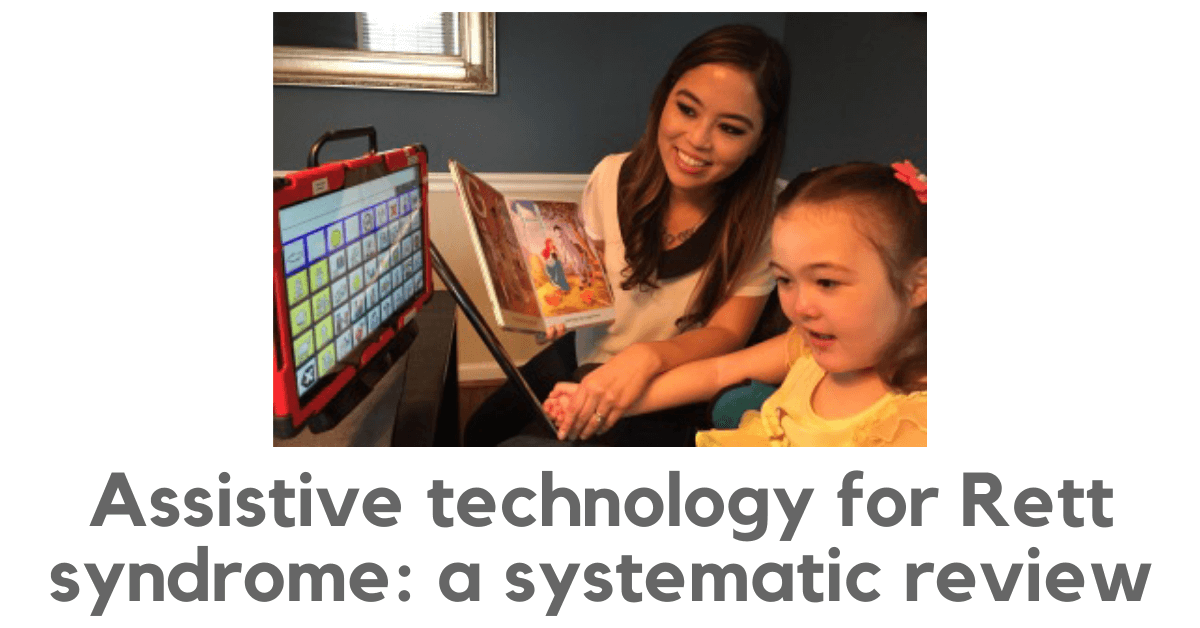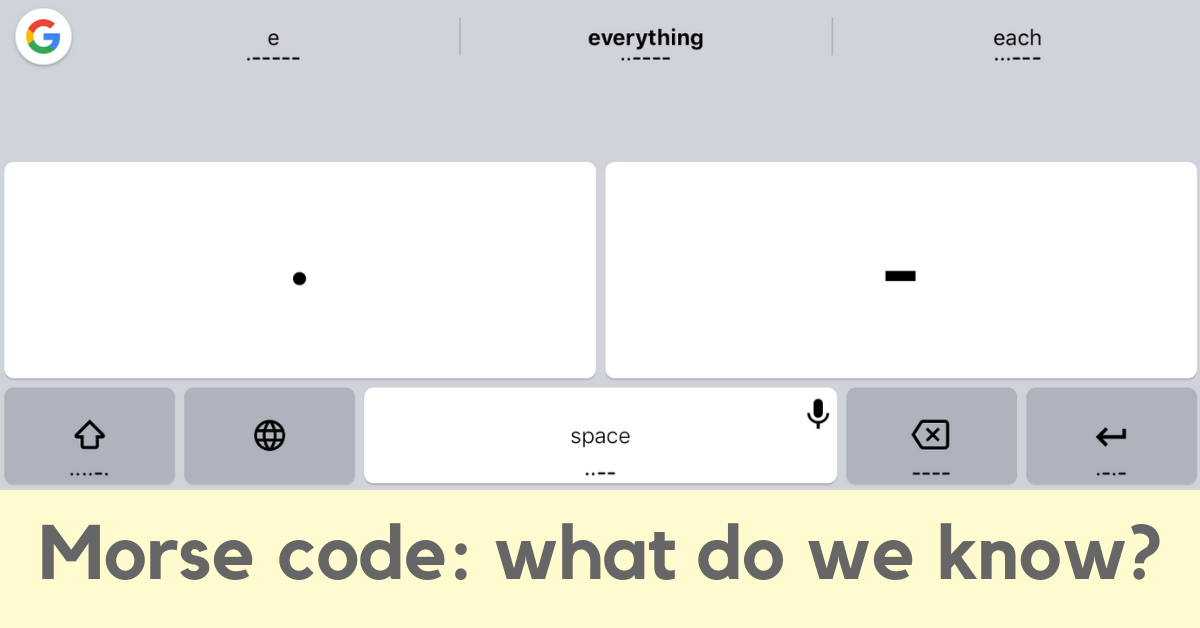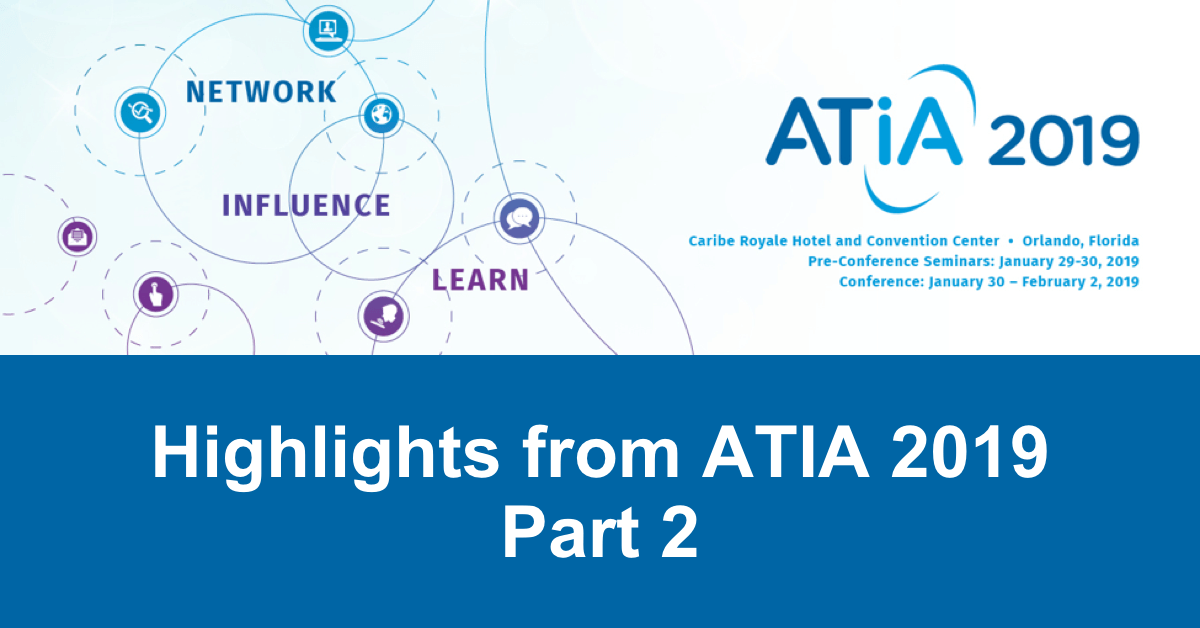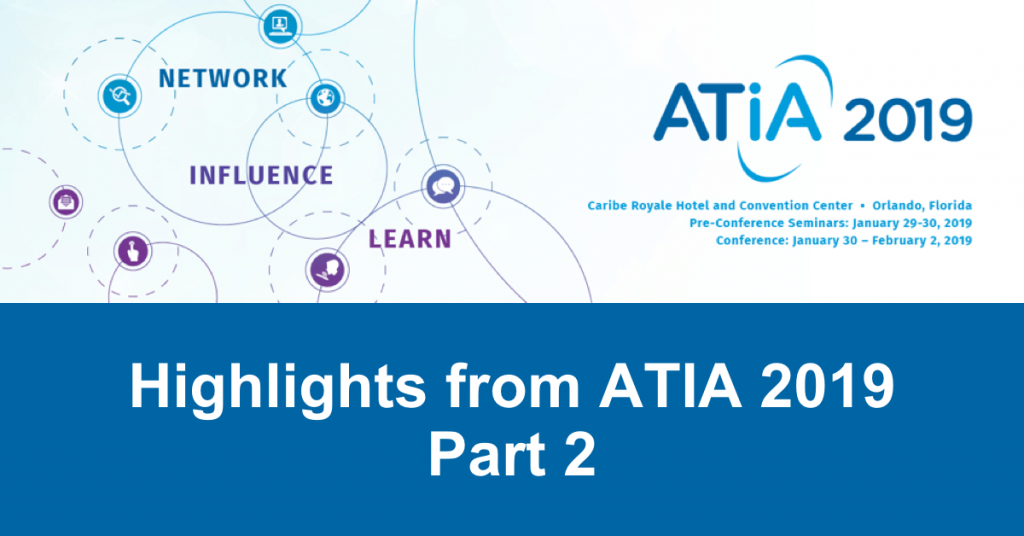2018 was an unusual, fun, and interesting year for Koester Performance Research. Here are some highlights of KPR’s work in the past year.

Wishing you all a Happy New Year! In the spirit of a new year’s energy, I took a look at KPR’s activities in the past year. 2018 was unusual, in that we’ve intentionally not been engaged in a large funded project, in order to leave some space and see what might take shape. One overarching goal this year was to share more of what we’ve learned and developed with the wider world. To that end, we revamped the KPR website, incorporated a blog, and set up new systems for communicating with people who are interested in what we’re doing. It’s still a work in progress, but has been enjoyable and seems useful so far. We also continued research, development, and service work within assistive technology. Read on for a few specific highlights.
Continue reading “KPR highlights for 2018”















![Text entry rate for people with physical disabilities [Infographic]](https://kpronline.com/blog/wp-content/uploads/2018/06/text-entry-rate-infographic-cropped-1200x628-opt-1200x628.png)